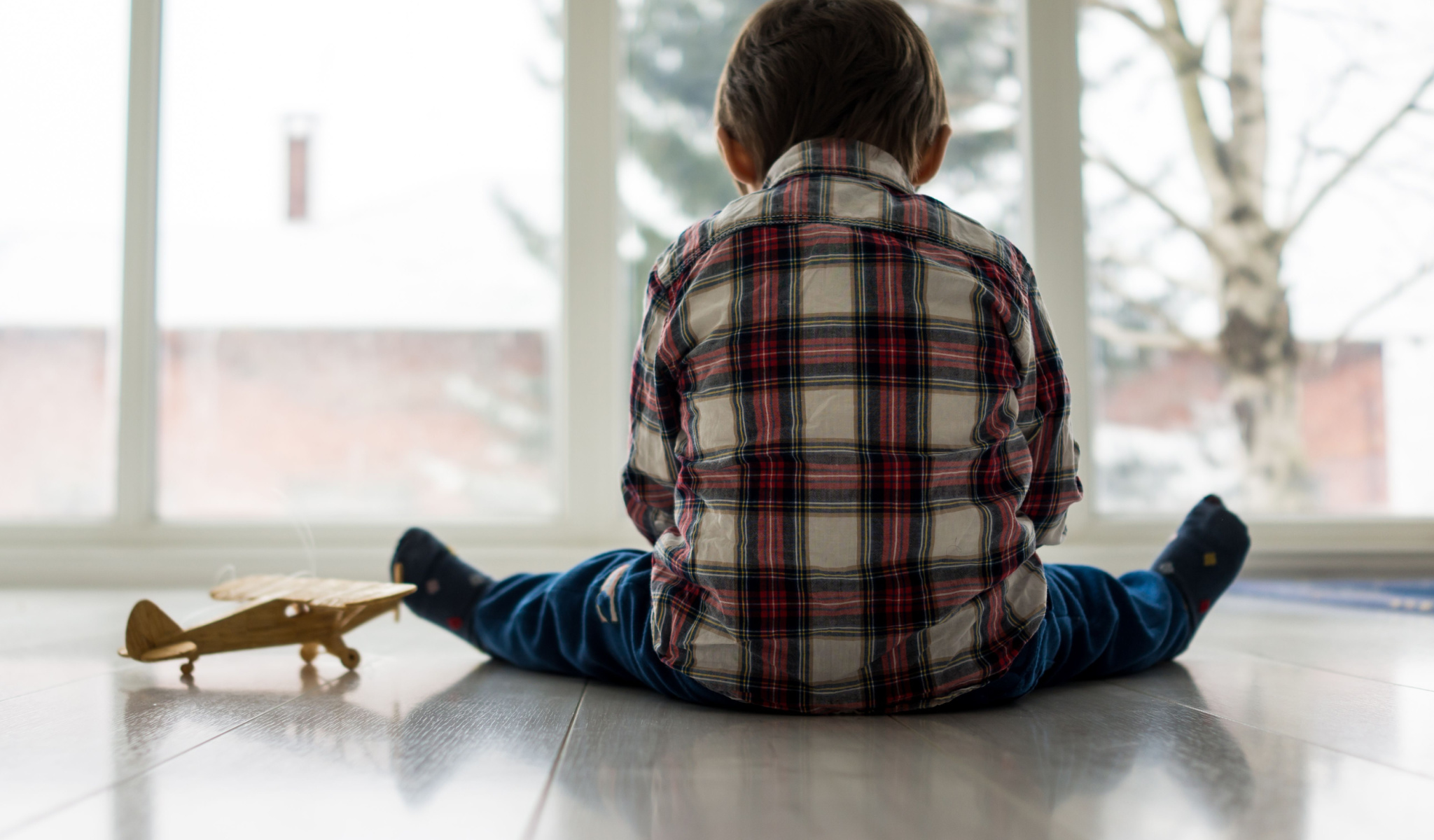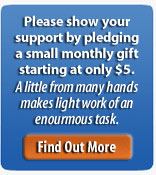What They Did to the Children

Children, as any parent knows, are not small adults. Their brain is growing and being acutely shaped by their environment and experience. Social skills and values are learnt from those around them, with teamwork, risk-management, personal boundaries, and tolerance being learned through play with other children. Their immune system is imprinting environmental contact into a set of responses that will shape health in later life. Their bodies grow physically and become adept at physical skills. They learn both trust and mistrust through interaction with adults.
This rapid physical and psychological growth makes children highly vulnerable to harm. Withdrawal of close contact with trusted adults and enforced distancing has large emotional and physical impacts, in common with other primates. Lack of experience also leaves them vulnerable to manipulation by adults who are pushing certain attitudes or beliefs – often called ‘grooming.’ For these reasons, our forebears put specific protections and norms of behaviour in place that elevated the needs of children above adults.
However, protecting children did not involve enclosing them in a padded cell – policy-makers knew this to be harmful to psychological and physical development. It involved allowing children to explore their environment and society, whilst taking measures to shield them from malfeasance, including from those who would harm them directly or through ignorance or neglect.
The act of imposing risks on children for the perceived benefit of adults was therefore considered one of the worst crimes. The most cowardly use of ‘human shields.’
Article 3 of the UN Convention on the Rights of the Child places children at the centre of public decision-making:
“In all actions concerning children…. the best interests of the child shall be a primary consideration.”
When we are complicit in acts that we know are wrong, we naturally look for ways to avoid acknowledging our part in it or excuse the actions as being ‘for a greater good.’ But lying to ourselves is not a good way to correct a wrong. As we have seen in other acts of institutional child abuse, it allows the abuse to fester and expand. It advances the interests and safety of the perpetrators over that of the victims.
Covid as a means for targeting children
In early 2020, a virus outbreak was noted in Wuhan, China. It was soon clear that this relatively novel coronavirus overwhelmingly targeted the sick and elderly, particularly those on unhealthy Western diets. The Diamond Princess incident showed, however, that even among the elderly the vast majority would survive the illness (Covid-19), with many not even becoming ill.
In response, Western public health institutions, politicians, and media turned on children. Society implemented policies never seen before; a whole-of-society approach that was expected to increase poverty and inequality, particularly targeting lower-income people. and disrupt childhood development. It included restrictions on children’s play, education, and communication, and used psychological manipulation to convince them that they were a threat to their parents, teachers, and grandparents. Policies such as isolation and travel restriction, normally applied to criminals, were applied to whole populations.
The novel public health response was designed by a small but influential group of very wealthy people, often called philanthropists, and international institutions which they have funded and co-opted over the past decade. These same people would go on to be greatly enriched through the ensuing response. Encouraged by these same but now even wealthier people governments are now working to entrench these responses to build a poorer, less free and more unequal world into which all children will grow.
Whilst rarely discussed in public spaces, strategies of targeting and sacrificing children for the gratification of adults are not new. However, it is a practice that normally elicits disgust. We can now understand better, having been part of it, how such actions can creep into a society and become integral to its character. People find it easy to condemn the past, whilst excusing the present; asking reparations for past slavery whilst advocating for cheaper batteries produced through current child slavery, or condemning past institutionalized child abuse whilst condoning it when it happens within their own institutions. Dietrich Bonhoeffer was not asking us to look to the past, but to the present. The most mature society is one that can face itself, calmly and with its eyes open.
The abandonment of evidence
Aerosolized respiratory viruses, such as coronaviruses, spread in tiny airborne particles over long distances and are not interrupted by cloth face coverings or surgical masks. This has been long- established and has been confirmed again by the US CDC in a meta-analysis of influenza studies published in May 2020.
The SARS-CoV-2 virus was somewhat unusual (though not unique) in its targeting of a cell receptor in the lining of the respiratory tract, ACE-2 receptors, to enter and infect cells. These are expressed less in children, meaning children are intrinsically less likely to be severely infected or transmit large viral loads to others. This explains the study outcomes early in the Covid-19 epidemic that demonstrated very low transmission from children to school teachers, and adults living with children having a lower-than-average risk. It explains why Sweden, following former evidence-based recommendations from the World Health Organization (WHO), kept schools open with no ill effects on health.
Armed with this knowledge, we (as a society) closed schools and forced children to cover their faces, reducing their educational potential and impairing their development. Knowing that school closures would disproportionately harm low-income children with poorer computer access and home study environments, we ensured that the children of the wealthy would widen their advantage for the next generation. In low-income countries, these school closures worked as expected, increasing child labour and condemning up to 10 million additional girls to child to child marriage and nightly rape.
Abusing children at home
For many, school provides the only stable and secure part of their lives, providing the vital pastoral and counselling work which identifies and supports children in crisis. When pupils are out of school the most vulnerable are the most affected, teachers can’t pick up the early warning signs of abuse or neglect, and children have no one they can tell. For children with special needs, essential access to multi-agency support frequently ceased.
Sport and extracurricular activities are important in children’s lives. Events such as school plays, school trips, choirs, and the first and last days at school mark out their lives and are vital for their social development. Friendships are crucial for their emotional development, particularly during the crucial stages of growth – childhood, adolescence and young adulthood – and especially when there are vulnerabilities or special needs, children need access to family, friends, services, and support.
The result of this neglect, as highlighted by a recent a UCL study on the outcomes of UK government restrictions on children in 2020-2022, was nothing short of a disaster:
“The impact of the pandemic will have detrimental consequences for children and young people in the short and long-term, with many not yet visible, it will have continuing consequences for their future in terms of professional life trajectories, healthy lifestyles, mental well-being, educational opportunities, self-confidence and more besides.”
As the study finds:
“Children were forgotten by policymakers during Covid lockdowns.”
Infants, children, and teenagers endured numerous lockdowns during their most formative years, despite accounting for a diminutive proportion of Covid hospitalisations and deaths. The UCL study found that politicians did not consider children and young people a “priority group” when English lockdowns were enforced. Infants born into the Covid restrictions have marked delays in brain and thought development.
Education is provided to children as it benefits their educational and psychological development, provides a safe and protective environment, and is a way of improving equality. So it was to be expected that when schools closed there would be development losses in very young children, reduced education attainment throughout the age profile, mental health issues, and a rising tide of abuse.
In the UK, 840 million school days were lost to the class of 2021 and nearly two million of England’s nine million pupils are still failing to attend school regularly. As early as November 2020, Ofsted, the body which inspects and reports on schools in England, reported that the majority of children were going backwards educationally. Regression was found in communication skills, physical development, and independence. These impacts are seen across Europe, and are likely to be lifelong. Despite this, the policies continued.
In the United States, school closures affected an estimated 24.2 million US schoolchildren absent from school (1.6 billion worldwide) and the educative deterioration there is particularly clear. Schoolchildren have fallen behind in their learning by almost a year according to the latest assessments from the National Assessment of Education Progress (NAEP). About a third of the students didn’t reach the lowest reading benchmark and maths saw the steepest decline in history. As poorer students will have less access to the internet and support for remote learning, school closures also widen racial and ethnic inequalities.
And when schools did reopen in the UK a damaging and restrictive set of regulations were introduced wearing masks, testing, bubbles, playground restrictions, and static timetables. Post-primary children were spending all day in the same room, masked for 9 hours per day if they used public transport to get to school. Isolation and quarantining led to continual absences. Teachers trained to know this approach was harmful continued to implement it.
The recent Ofsted report from Spring 2022 highlighted the damaging effects of the restrictions on the development of young children and should have been enough to set alarm bells ringing as it recorded:
- Delays in babies’ physical development
- A generation of babies struggling to crawl and communicate
- Babies suffering delays in learning to walk
- Delays in speech and language (noted to be partly attributable to imposition of facemasks).
This latter has also been noted by practitioners such as the Head of the Speech and Language unit in N. Ireland:
“A growing number of young children are experiencing significant communication problems following the lockdowns and some who can’t talk at all, they grunt or they point at things they want and who don’t know how to speak to the other children.”
A study by Irish researchers found that babies born during March to May 2020, when Ireland was locked down, were less likely to be able to say at least one definitive word, point, or wave goodbye at 12 months old. A further study published in Nature found children aged 3 months – 3 years scored almost two standard deviations lower in a proxy measurement of development similar to IQ. With 90 percent of brain development taking place in the first five years of life, this has been tragic. Many children in this age group are now starting school far behind, biting and hitting, overwhelmed around large groups and unable to settle and learn with the social and educational skills of a child two years younger.
From a mental health viewpoint, we as a society attacked the mental health of children, following policies we knew were harmful and even designed to stoke fear; a direct form of abuse. Children were shut away in their bedrooms, isolated from friends, told they were a danger to others and that non-compliance may kill granny. An agenda of fear was imposed on them.
In the UK there are an astonishing one million children awaiting mental health support, whilst more than 400,000 children and young people a month are being treated for mental health problems – the highest number on record. More than a third of young people said they feel their life is spiralling out of control and more than 60 percent of 16-25-year-olds said they were scared about their generation’s future, 80 percent of young people reporting a deterioration in their emotional well-being.
As early as autumn 2020, UK’s Ofsted had identified:
- A 42 percent in self-harm and eating disorders
- An ‘explosion’ of children with disabling tic disorders
- record numbers of children being prescribed antidepressants
- Increases in self-harm
In addition, five times more children and young people committed suicide than died of COVID-19 during the first year of the pandemic in the UK. In the US, CDC reported that emergency department visits were 50.6 percent higher among girls aged 12–17 due to suicide attempts From early 2020, it was known that children were barely affected by the virus, having a 99.9987 percent survival chance, while they were not a danger to others.
Abusing children far away
Numbers are not people, so when we discuss dead or harmed children in large numbers, it can be difficult to understand the real impact. This allows us to gloss over the impact. However, UNICEF tells us that almost a quarter of a million children were killed by the lockdowns in 2020 in South Asia alone. That is 228,000, each with a mother and father, probably brothers or sisters.
Most additional child lockdown deaths will have been particularly unpleasant, as malnutrition and infections are hard ways to die. These deaths were anticipated by the WHO and the public health community in general. They would have lived without the lockdowns, as (so) they were ‘added’ deaths.
The WHO estimates about 60,000 additional children are dying each year since 2020 from malaria. Many more are dying from tuberculosis and other childhood illnesses. With about a billion additional people in severe food deprivation (near starvation), there will probably be some millions more hard, painful deaths to come. It is hard to watch a child dying. But someone like us, often a parent, watched and suffered through each of these deaths.
While many in the public health and ‘humanitarian’ industries tell tales about stopping a global pandemic, those watching these deaths knew they were unnecessary. They knew that these children had been betrayed. Some perhaps can still claim ignorance, as the Western media has found discussion of these realities awkward. Their main private sponsors are profiting from the programs causing these deaths, as others once benefitted from the abuse and killing to secure cheap rubber of the Belgian Congo or the mining of rare metals in Africa today. Exposing mass child deaths-for-profit will not please the investment houses that own both media and media’s Pharma sponsors. But deaths are the same whether the media covers it or not.
Why we did this
There is no simple answer as to why society reversed its norms of behaviour and pretended, en masse, that lies were truth and truth was a lie. Nor a simple answer as to why child welfare came to be considered dispensable, and children a threat to others. Those who orchestrated the closing of schools knew that it would increase long-term poverty and, therefore, poor health. They knew of the inevitability of increased child labour, child brides, starvation, and death. This is why we run clinics, support food programmes, and try to educate children.
None of the harms from the Covid response were at all unexpected. The children of the wealthy benefitted, whilst the children of the less well-off were disproportionately harmed. This is the way society has worked historically – we just fooled ourselves that we had developed something better.
What is most concerning is that three years in, we are not just ignoring what we did, but are planning to expand and institutionalize these practices. Those who gained most financially from Covid-19, who backed this society-wide attack on the most vulnerable, wish this to be a permanent feature of life. There is no serious enquiry into the harms of the global response because these were expected, and those in charge have profited from them.
The desired reset was achieved; we have reset our expectations regarding truth, decency, and the care of children. In an amoral world the happiness, the health, and the life of a child only carries the importance we are told to attach to it. To change that, we would have to stand against the tide. History will remember those who did and those who did not.





















